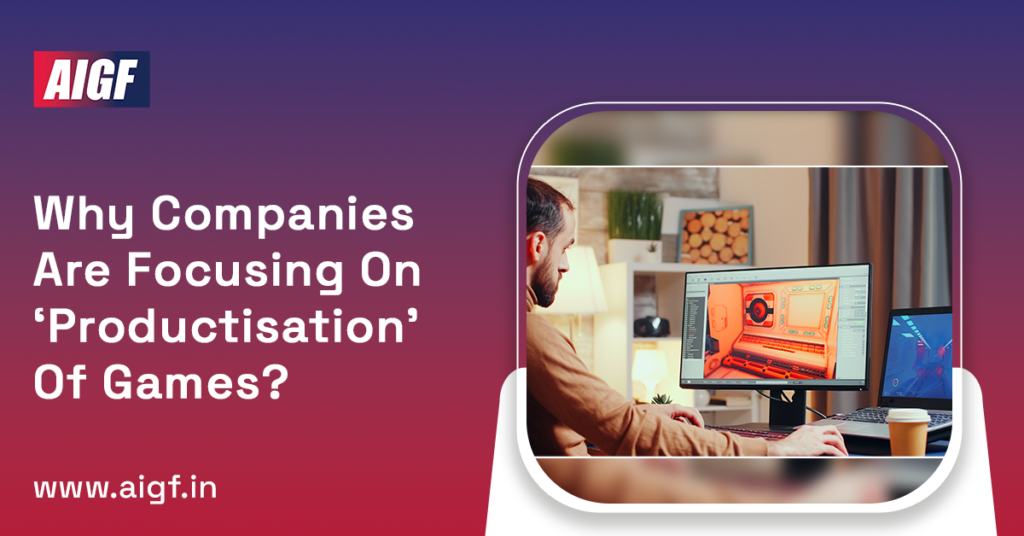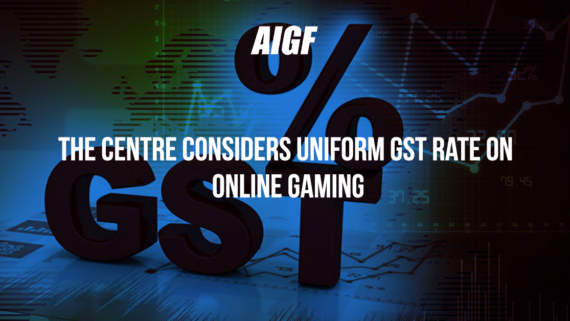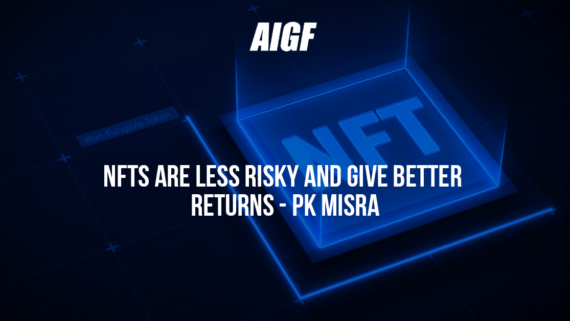As per Invest India, revenue from online gaming grew 28% in 2021 to $1.2 billion and is anticipated to reach $1.9 billion by 2024. There are 303 million gamers in India and growing. India has the biggest fantasy sports market, with a user base of 130 million. Invest India further expresses that the nation’s percentage of new paying users (NPUs) in gaming has been the fastest developing on the planet for two continuous years, at 40% (2020) and 50% in 2021.
Why Companies Are Focusing On ‘Productisation’ Of Games?
The gaming industry in India is on a steep development curve. As per Invest India, revenue from online gaming grew 28% in 2021 to $1.2 billion and is anticipated to reach $1.9 billion by 2024. There are 303 million gamers in India and growing. India has the biggest fantasy sports market, with a user base of 130 million. Invest India further expresses that the nation’s percentage of new paying users (NPUs) in gaming has been the fastest developing on the planet for two continuous years, at 40% (2020) and 50% in 2021.
The second edition of Adgully’s GAMEXX Summit and Awards 2022, which was held on September 21, 2022, put the focus on “Unleashing India, the Next Gaming Superpower.”
One of the quickest developing industries within media and entertainment in India is online gaming, which is expanding at a pace of 30% a year. The panel conversation on “Futurescope of Gaming – What does the gaming of tomorrow look like?” harped on what the road ahead looks like for this high development industry, the elements that fuel this development, supporting this development in the long run, further bracing the monetization potential, and much more. Moderated by Gurpreet Singh, Managing Partner, Performics, the panelists included:
Gaurav Agarwal, Co-Founder, Gamezop
Gaurav Mehta, Chief Marketing Officer, Zupee
Karun Arora, General Manager & Head – Marketing Communications, VIVO
Rashmi Sehgal, SVP, Zenith
Rohit Jagasia, Founder & CEO, Revenant Esports
Commencing the discussions, Gurpreet Singh asked the industry experts, “Games are getting more from a product perspective. They are no longer specific standalone games that can only be played by users. Why has there been a lot of ‘productisation’ around games?”
Revenant Esports’ Rohit Jagasia responded by saying, “From an Esports point of view, it has become more of a spectator sport. Seventy percent of the people who are actually watching the game, don’t even play the game. But it still has a really high attention span. Streams, tournaments, creators’ streams last up to 6-7 hours straight, it has a really good concrete viewership. I think from a product point of view when you look at the whole Web3.0 take on these games where there are IndiGG, who have just come up with a whole pay-to-one sort of a product with games. It helps apps have daily active users and more engagement just because of these games. That’s why companies are focusing on ‘productisation’.”
Gamezop’s Gaurav Agrawal added here, “At Gamezop, we give non-gaming products the option of adding games very seamlessly within their interface. Let’s say inside products like MX Player, Amazon, or Snapchat, a lot of these games are actually powered by us. So, what we felt was that since gaming is so central to our lives, we thought that it might be interesting for us to try and give them games inside products that they already frequent. For example, think of having games inside of a product like Paytm, because you are doing tons of things inside it. Having a gaming section would not only increase the engagement of the product which is hosting such games, but it will also make the discoverability of games easier for users. This has been met with tremendous success, largely because in this way we can make games work like videos.”
Rashmi Sehgal of Zenith said, “One of the ways that we follow in marketing is to follow our consumers, and given the fact that the growth in gaming and the ecosystem has become so heavy, that has definitely started to become a core part of how we look at our marketing plans as well. Because of this entire development and growth, what also happened is that the products are also evolving. From the opportunities that we had in the pre-pandemic times to the current times, the integration opportunities on platforms have increased. The measurability on platforms has increased for brands. So, definitely, that has really given the marketers good confidence on the platform, and on the genre to start investing more.”
Referring to the case of Netflix, which launched a variety of 20-30 games throughout recent months, Zupee’s Gaurav Mehta commented, “Suppose 10 million people used those games out of the 220-odd million on Netflix. If they were spending, say 60 minutes earlier, they could be spending 70-80 minutes now. So, even if they were to spend like 10% more on an overall platform basis that might be like a low single-digit increment in terms of engagement. So, I think this is directionally a great experiment, but for me, the jury’s still out.”
Vivo’s Karun Arora shared the case of Cred, expressing that as an application it is a door stage for covering their charge card bills. “But what Cred has done is that they have gamified the entire section. Gamification is largely impacting the country, especially in the post-Covid times. If you look at the smartphone segment, even in the low-priced segments people are asking for higher processors, bigger RAM, and a good Snapdragon. People have moved away from phones that are used only for, say clicking a picture; people are talking about the overall performance. So, that’s the chain which we have seen.”
Credit: ADgully











Comments
Comments are closed.